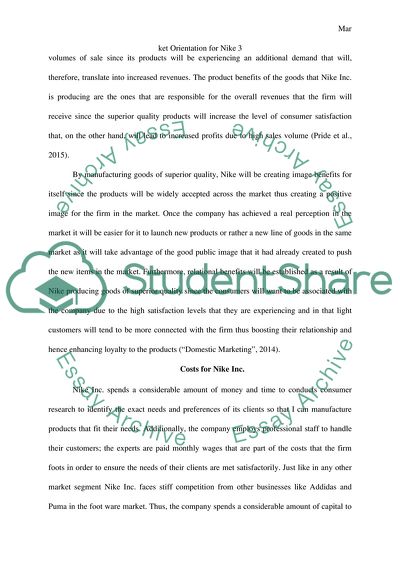Not Found (#404) - StudentShare. https://studentshare.org/marketing/1880682-evaluate-the-benefits-and-costs-of-a-market-orientation-for-a-selected-organization
Not Found (#404) - StudentShare. https://studentshare.org/marketing/1880682-evaluate-the-benefits-and-costs-of-a-market-orientation-for-a-selected-organization.


